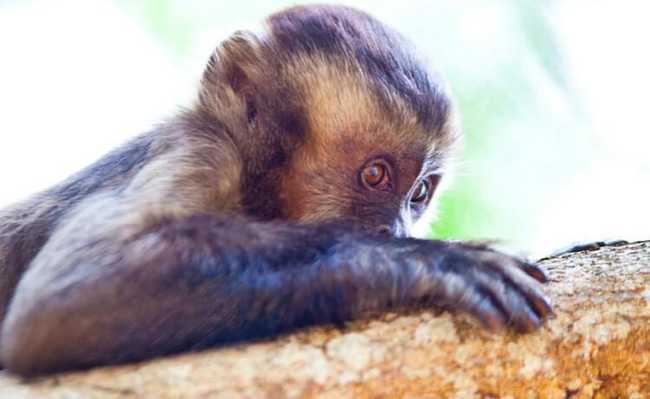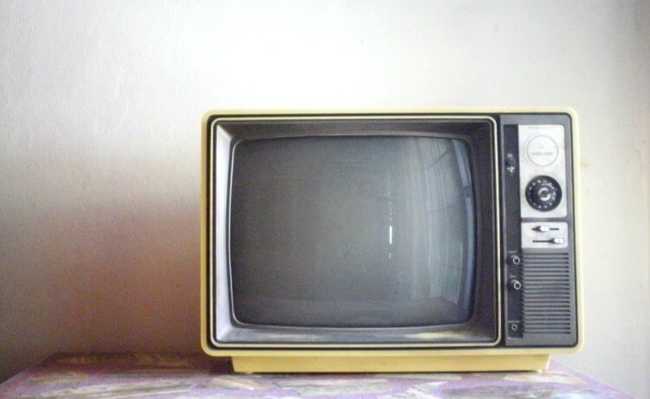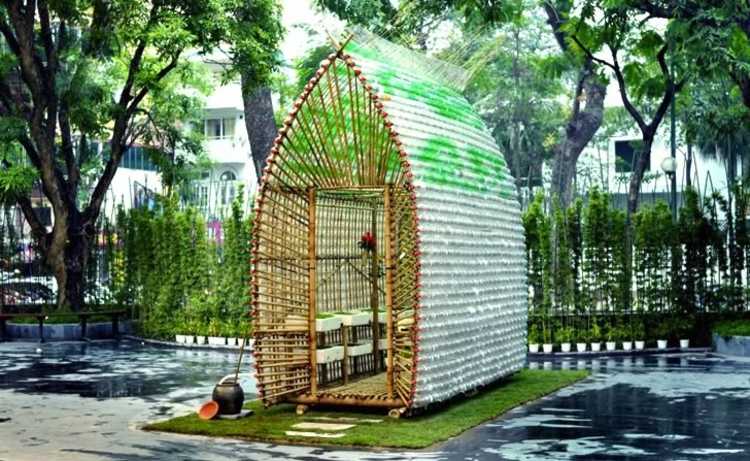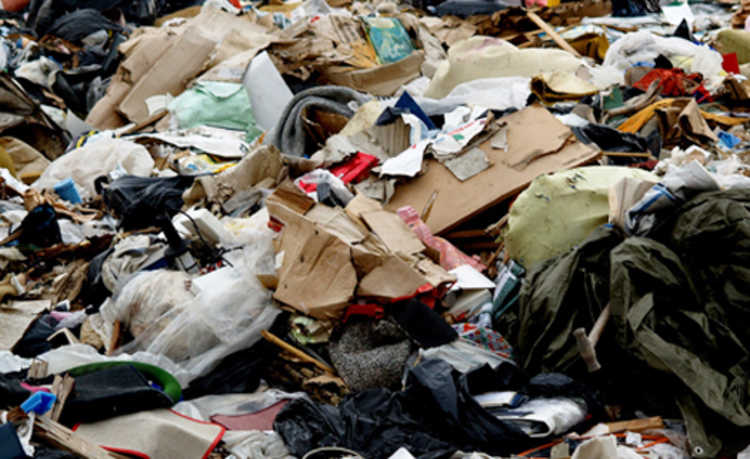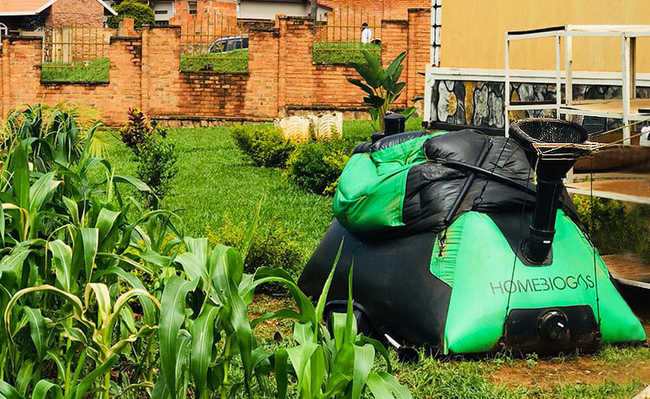What is blue amazon?
With an enormous amount of resources, Amazônia Azul is unsustainably exploited

Resized image of Pierre Leverrier available on Unsplash
The Blue Amazon, or Brazilian maritime territory, is the exclusive economic zone (EEZ) of Brazil, an area corresponding to 4.5 million square kilometers, equivalent to the surface of the Amazon Forest (more than half the area of continental Brazil ).
This region over which Brazil exercises sovereignty has enormous resource potential, such as biodiversity, mineral resources, energy resources and non-extractive resources, some of which are already being explored.
Despite being called the "Amazonia Azul", the exclusive economic zone encompasses the entire margin of the Brazilian maritime coast, comprising both the marine areas located off the continental portion of Brazil and those located around oceanic islands and rocks such as the Archipelago from Fernando de Noronha and from the Trindade and Martim Vaz islands.
However, its importance is little recognized by Brazilians, considering the not always sustainable exploitation of its resources.
This region has many riches and potential for economic use of various types, such as:
- Fishing;
- Minerals;
- Huge biodiversity of marine species that reside in this region;
- Oil, such as that found in the Campos Basin and in the pre-salt;
- Harnessing tidal energy and offshore wind energy or offshore.

Image: The Blue Amazon: resources and preservation
Amazônia Azul has an enormous amount of economically, socially and strategically important resources, being also fundamental for the stability of the climate in the country and for the environmental quality of the Brazilian coasts.
living resources
The complexity of the Brazilian coast allowed the development of a genetic stock of immeasurable value and still little explored, since the main form of exploitation of living resources has been extractive fishing.
However, the physicochemical characteristics of the Amazon Blue waters make up a nutrient-poor marine environment, with little primary production, which hinders the development of a more complex food chain.
Thus, despite the great biodiversity of the Blue Amazon, there is, quantitatively, little fish. And to make matters worse, this small amount of biomass is disputed by around one million “artisanal” fishermen, who practice subsistence fishing and who are registered by fishing associations and colonies along the Brazilian coast.
With few alternatives to make up the family income, these fishermen depend on fishing. However, they have this activity threatened by the environmental degradation of the coastal region, conflicts with industrial fishing and real estate speculation in coastal areas.
Industrial fishing has exploited the same resources as artisanal fishing, receiving, since 1970, government subsidies. However, this activity has been declining, mainly as a result of the degradation of the marine environment, which occurs mainly due to the use of shrimp trawling and fishing seine nets.
- Ghost fishing: the invisible danger of fishing nets
In shrimp trawling, the physical and biological integrity of the seabed is seriously compromised. The nets sweep and revolve the sea floor, equipped with currents, indiscriminately capturing any organism.
In this way, the physical and biological structure of the seabed is destroyed, in a way similar to the use of tractors on dry land for the felling of forests and exploitation of wood. The nets are not selective in capturing the shrimp, which is the commercial target, they also capture bystander fauna, with no commercial value, which is discarded back. This discard is usually 50%, and often 100%.
Another problem is the aquarium hobby, which exploits ornamental fish in a predatory way, moving up to US$ 30 billion per year. The theft of ornamental organisms and “living rocks” from coral banks in Brazil for export is still a problem for the conservation of biodiversity.
Existing laws, almost always very adequate, are not always obeyed in the immensity of the Blue Amazon, including the difficulty of monitoring and inspection in such an extensive area.
Mineral resources
Although the exploitation of mineral resources represents almost 4% of the national GDP, there is no concrete data on what the real contribution of marine resources is.
However, this contribution is still small. Sand and gravel are the resources that have the greatest potential for marine exploration in the Blue Amazon, exceeding, in volume, the value of any other non-living resource, excluding oil and gas, not counting noble metals such as ilmenite, monazite, zirconite and rutile, which they occur practically in the entire coastal strip of the Blue Amazon.
The civil construction industry is the great user of these Amazonian resources, which are extracted from coastal regions to lower costs. Mainly because of this proximity to the coast, the environmental costs of this exploration are high. Dredging compromises the stability of coastal regions and increases the turbidity of marine waters, which hinders the development of phytoplankton, the basis of the food chain in the oceans.
In addition, there is the destruction of reef, mollusc and crustacean habitats.
energy resource
Most of Brazil's oil reserves are in offshore fields. The pre-salt, for example, has significant economic importance for the country in terms of oil production.
But there are also alternative energy resources associated with the sea that can contribute to slowing global warming. An example in this regard is the generation of electrical energy from dynamic marine processes, such as waves, currents and tides, and thermodynamics, such as vertical temperature gradients and horizontal salinity gradients, in addition to the wind processes that occur over the Blue Amazon.
Non-extractive (ecosystem) resources
Marine ecosystem services are resources inherent in the environment, not measurable. Learn more about ecosystem services in the article: "What are ecosystem services? Understand".
From a socioeconomic point of view, non-extractive resources are as important as others, but often they are not noticed or even evaluated. The sea is the main means of transport - this being the main ecosystem service provided by Amazônia Azul. At least 95% of foreign trade is carried out by sea.
Tourism is an example of a non-extractive resource, and contributes about 10% of the national GDP, including hotels, gastronomy, sport fishing, marine sports, underwater tourism and other services that support a significant portion of the coastal socio-economy.
In addition to this non-extractive resource, the sea controls the global climate and the planet's average temperature, which makes it possible to maintain life as we know it.
This essential ecosystem service provided by the ocean to planet Earth is unlikely to be lost. However, changes in the thermodynamic balance between the ocean and the atmosphere can affect the development of organisms.
Another ecosystem service provided by the ocean is CO2 capture. The sea occupies almost 71% of the Earth's surface and actively participates in the global carbon cycle, absorbing and emitting millions of tons of carbon dioxide daily through physical and biological processes.
The oceanic "biological bomb" is the capacity of the sea to absorb carbon gas from the atmosphere to form plant biomass through photosynthesis of microalgae (phytoplankton), ultimately transporting this mass to the seabed, where it remains stored for hundreds of years old.
Phytoplanktonic carbon flows through the food web, distributing to all marine trophic levels. In this process, there is always carbon loss in the form of debris. Unlike a forest, where everything that dies quickly falls and accumulates in a thin layer of soil, the sea exports more debris.
Billions of tons of marine debris settle annually on the ocean floor, breaking down through microbial regeneration and releasing carbon dioxide. The latter remains dissolved under the high pressures and low temperatures of great depths. This is an ongoing process that for millions of years has maintained an enormous reservoir of dissolved carbon at the bottom of the oceans.
The "physical ocean bomb" or "solubility bomb" is another form of carbon dioxide absorption that occurs in ocean ecosystems. It is the capacity of sea water, regulated by its temperature, to maintain a certain amount of dissolved carbon dioxide. The lower the water temperature, the greater its ability to retain dissolved gas. At high polar latitudes, surface water is very cold, allowing for the storage of large amounts of atmospheric carbon dioxide.
Adapted from A Amazônia Azul: resources and preservation


